#margaret davis
Text
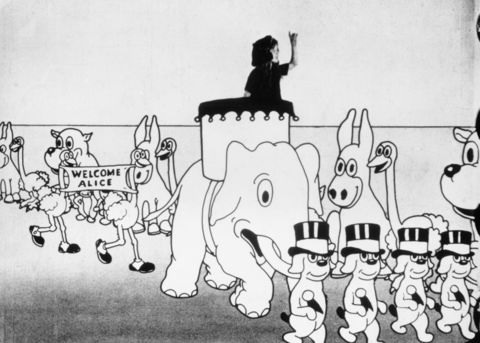
Alice's Wonderland (1923 short)
One hundred years ago today, Walt Disney screened to Margaret Winkler his hybrid animated/live-action short film, Alice’s Wonderland. If the name Margaret Winkler is unfamiliar to you, that is in part due to the fact that much of Hollywood’s mythmaking has obfuscated the impact of certain female creatives during the silent film era. A former secretary to Harry Warner at Warner Bros., Winkler was the premier animated short film executive in the early and mid-1920s. Her company, M.J. Winkler Pictures, flourished at a time before the oligopoly of the soon-to-be-major Hollywood studios, mostly on the backs of Pat Sullivan and Otto Messmer’s Felix the Cat series. At the peak of Felix’s popularity in 1923, a series of arguments between Winkler and Sullivan/Messmer soon meant Winkler was looking for an animated series to replace Felix. She would also be losing the rights to Max and Dave Fleischer’s Out of the Inkwell series, starring Koko the Clown. By the end of 1923, Winkler would sign a deal with Disney to distribute the Alice Comedies.
Impressed by the handiwork of Alice’s Wonderland, Winkler’s deal gave Walt Disney a much-needed infusion of cash. Disney, who founded Laugh-O-Gram Studios in Kansas City, Missouri in 1921, had just barely emerged from Laugh-O-Gram’s bankruptcy. Instead of heading to the then-center of the American animation world of New York City, Walt instead found himself in Los Angeles, partly to help his brother, Roy O. Disney, recover from tuberculosis.
Though a continent away from the major animation players in the U.S. at the time, Disney nevertheless took inspiration from those figures – Bray Productions under John Randolph Bray and especially the animator Winsor McCay (who, by 1921, was forced by employer William Randolph Hearst to stop working on animated film). McCay and Bray were pioneers in gifting animated characters basic personalities and the development of those personalities, growing animated cinema beyond modest gag comedy and simplistic figures. McCay’s Little Nemo (1911) and Gertie the Dinosaur (1914) and Bray’s Bobby Bumps series (1915-1925) may seem quaint to modern audiences, but these films were wildly popular across North America and were instrumental stepping stones to the explosion of American animated innovation in the late 1920s and 1930s.
Alice’s Wonderland was never screened for the public, but it nevertheless spawned a series that lasted for fifty-seven short films. None of it would have been possible without the inspiration Disney and his animators took from the most acclaimed American animation at that time.
With no relation to Lewis Carroll’s two Alice books, Alice’s Wonderland stars Virginia Davis as the title character. Davis, as Alice, is four years old at the beginning of the Alice Comedies series. She visits the animation studio where she sees Walt Disney in the process of drawing some “funnies”. As she sits down, the cartoons on the drawing pages come to life. Most important among those animated figures is Julius the Cat, created by Disney and Ub Iwerks and a predecessor to Oswald the Lucky Rabbit and Mickey Mouse (unlike Oswald and Mickey, Julius has not appeared in an animated film since the silent era). Walt then brings Alice into the animators’ room, where Ub Iwerks, Hugh Harman and Rudolf Ising, and others are also enjoying their work acting out various scenarios (remember those names – we will mention them again later). Alice, still giddy after her visit to the animators’ studio, later drifts off to sleep that evening. And, after dozing off, she finds herself welcome to a Cartoonland of her dreams.
At the time, Alice’s Wonderland was the reverse of what the Fleischers’ Out of the Inkwell series and some of the Bray and McCay shorts attempted. Instead of animated characters inhabiting a live-action world, we have here a live character traipsing around in an animated world. In some of the hybrid animated/live-action short films at the time, the reactions of the characters can be noticeably off. Not so much here. Davis’ reactions to the animated animals are timed with admirable precision. But given the technological constraints at the time and how small Walt Disney’s animators’ team was, Alice’s Wonderland makes heavy use of recycled or looped animation. Viewers who know their Looney Tunes or Hanna-Barbera works probably recognize the effects of a wraparound background and identical walking animation. The effects tend to make certain scenes – such as Alice’s celebratory procession during her dream – last several seconds too long.
youtube
Yet, Alice’s Wonderland still charms. With synchronized sound still four years away, the animators of the early twentieth century set the visual slapstick language that continues to course through modern animated cinema. Julius’ hidden fight with a dog within the latter’s doghouse, an animator using a pen holder as a de facto boxing bell, and a hungry lion cleaning and sharpening his teeth are just previews to the absurd humor that will define the next few decades of American animated short films. So too the tubular limbs from the animated characters. The film’s humor came not just from the films of Bray, McCay, and the Van Beuren Studios, but also the comic strips popular at this time – titles which probably read as quite unfamiliar to most today: Bud Fisher’s Mutt and Jeff (1907-1983; Fisher ceased involvement in 1932), George Herriman’s Krazy Kat (1913-1944), and Winsor McCay’s Dream of the Rarebit Fiend (1904-1925). These comic strips, largely unknown quantities to yours truly while researching for this write-up, influenced the comedic pace and tone for the bulk of American animated short films – a near-forgotten legacy, and one worthy of honoring.
Alice’s Wonderland would solidify the careers of all of the animators involved – all of whom were originally based in the Kansas City area. Walt Disney and Ub Iwerks stayed onboard what would be deemed the Disney Brothers Cartoon Studio (after several name changes, it is now the Walt Disney Animation Studios of today). Disney’s namesake studio is the most visible animated studio in all of cinema, and undoubtedly the most historically and currently significant, for good and ill. For the Alice Comedies, Iwerks experimented with a “matte” – in which a cutout background would be placed over a camera lens to hide where animated figures might be. Iwerks also developed Mickey Mouse with Walt, was one of the leading hands on the Silly Symphony series, and was integral in developing the special visual effects that made animated/live-action hybrid movies like Song of the South (1946) and Mary Poppins (1964) as convincing as they are.
Hugh Harman and Rudolf Ising, who developed the story of Alice’s Wonderland alongside Walt, honed their craft under him. But after Disney sold the rights to Oswald the Lucky Rabbit to Universal in 1928 in a dispute with Winkler’s husband, producer Charles Mintz, Harman and Ising’s time with Disney came to an end. Now on their own, Harman and Ising created Bosko. The Bosko shorts impressed Warner Bros.’ Leon Schlesinger and, in 1930, the trio founded the Looney Tunes and Merrie Melodies series. Harman and Ising would eventually leave Warner Bros. in 1934 to develop the Happy Harmonies series for Metro-Goldwyn-Mayer alongside William Hanna. Animator Isadore “Friz” Freleng also followed Harman and Ising to Warner Bros. and MGM, and was central to the creation of the likes of Porky Pig, Sylvester, and Yosemite Sam. Also following Freleng was Carman Maxwell, who spent the bulk of his career as a production manager for MGM’s animated shorts.
Actress Virginia Davis also moved out from Kansas City to Southern California to join Disney to star in the Alice Comedies. Davis appeared in fifteen of the fifty-seven Alice Comedies, ending her tenure with Alice in the Jungle (1925). She was able to nab the occasional minor child actress role and ended her career in the 1940s as uncredited dancers or chorus girls. She married in 1943 to a Navy airman and became a real estate agent active in the areas around Irvine, California and Boise, Idaho.
Margaret Winkler could be an exacting critic to Walt Disney and his animators, but she nevertheless sent words of encouragement, making suggestions where she saw fit to the rough cuts of the films. Her critiques plus the relatively expensive cost in making an Alice short saw Disney struggle to meet deadlines at first. But when Disney was able to convince Harman and Ising to move from Kansas City to Los Angeles, the pace of production hastened. Winkler retired from the film business in 1926 after the birth of her first child, with shockingly no one thinking to interview her about her work in the silent era before her death in New York state in 1990.
The Alice Comedies, beginning with Alice’s Wonderland, set the stage for American animated film in the early and middle twentieth century. Several figures involved in the series’ animation and storytelling paved careers that would deeply impact the direction of what today is Walt Disney Animation Studios. Others, like Harman, Ising, Freleng, and Maxwell, took with them Walt Disney’s artistic vision and guidance and spread that to two of the studio’s soon-to-be rivals in MGM and Warner Bros.
A century since Walt Disney screened Alice’s Wonderland for Margaret Winkler, Walt Disney Animation Studios has grown and evolved. The modern-day studio, I will argue, does not adhere to Walt Disney’s vision of making animated movies as dramatically and emotionally powerful as any live-action movie as faithfully as it could – and, in my opinion, has not consistently done so in at least a quarter-century. But the studio, and its legacy, started humbly, just hoping to please a crowd with sharp visual gags in the wild early days of animated silent film. Such were the initial hopes of John Randolph Bray and Winsor McCay. From the Alice Comedies to the Silly Symphony shorts to Snow White and the Seven Dwarfs (1937), Walt Disney and his fellow animators added to the foundation that their predecessors built.
My rating: 7/10
^ Based on my personal imdb rating. My interpretation of that ratings system can be found in the “Ratings system” page on my blog. Half-points are always rounded down.
For more of my reviews tagged “My Movie Odyssey”, check out the tag of the same name on my blog.
#Alice's Wonderland#Alice Comedies#Walt Disney#Margaret Winkler#Hugh Harman#Rudolf Ising#Ub Iwerks#Virginia Davis#Margaret Davis#Carman Maxwell#Friz Freleng#Julius the Cat#Laugh-O-Gram Studios#Disney#Disney 100#Winsor McCay#John Randolph Bray#silent film#My Movie Odyssey
7 notes
·
View notes
Text

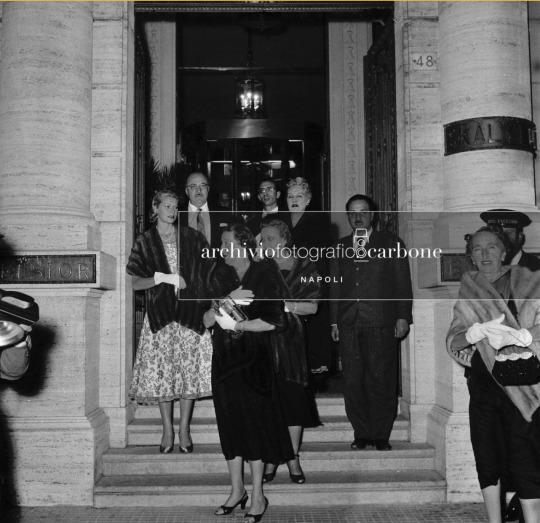
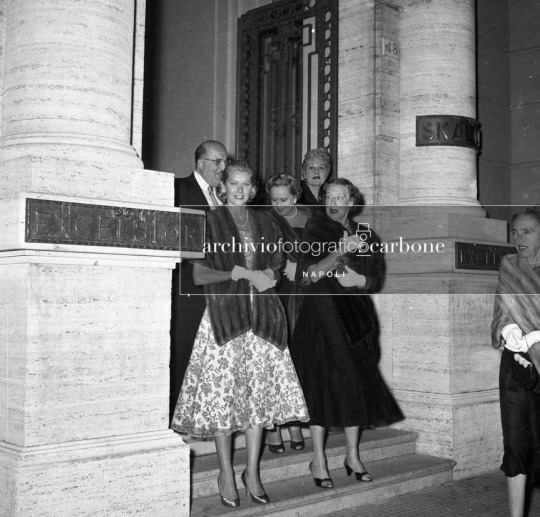
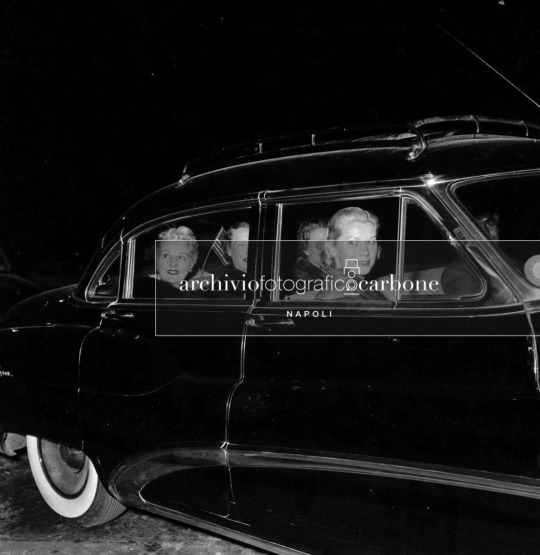
Princess Grace's mother and sister - Peggy Davis and Mrs. John B. Kelly accompanied by a small group of friend ladies from Philadelphia, including Pauline McCloskey "Aunt Flossy"- leaving Excelsior Hotel in Naples, Italy on April 27, 1956.
After Princess Grace and Prince Rainier's wedding, Mrs John B Kelly and her elder daughter, Margaret "Peggy" Davis, took the opportunity to make a trip to Italy.
Credits to Archivio Fotografico Carbone (Napoli).
#grace kelly#princess grace#grace di monaco#excelsior hotel#naples#italy#1956#margaret kelly#margaret majer#mrs john b kelly#peggy davis#peggy kelly#peggy conlan#margaret conlan#margaret davis
5 notes
·
View notes
Text



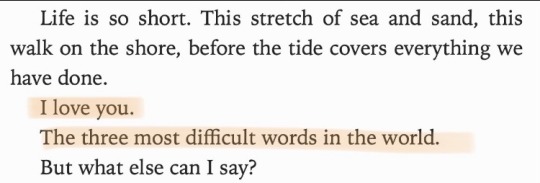

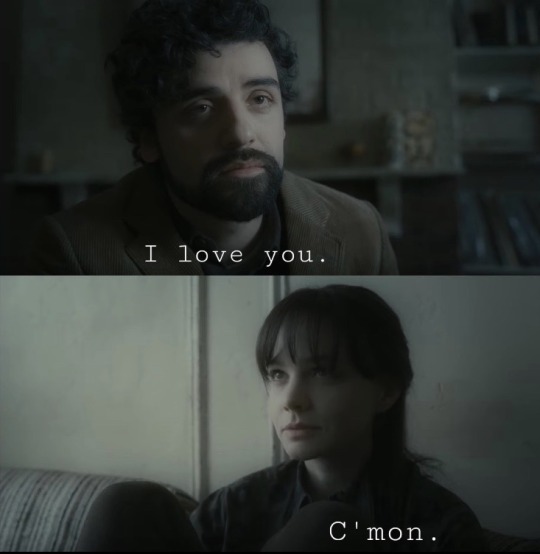

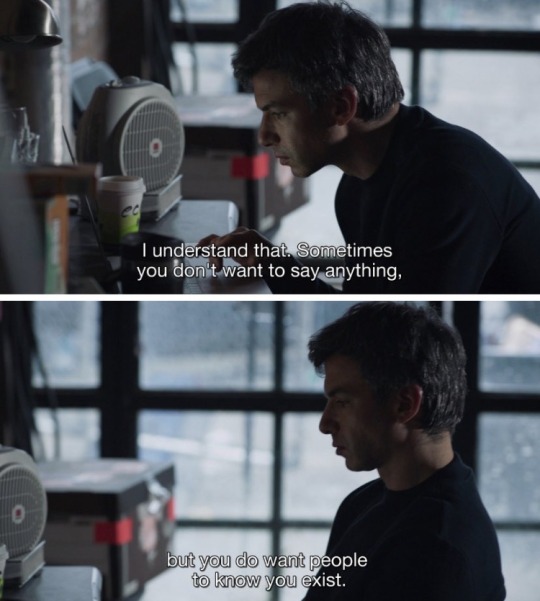

Communication Error: In art people have things to say and they are important, they pound against their chest and they cry and music swells but here, here my words slide and scrap up my throat amounting in nothing. I want to tell you everything, but I can barely open my mouth to tell you my name.
Richard Siken// Call Me By Your Name dir. Luca Guadagnino// Margaret Atwood// Lisel Mueller// // Virginia Woolf// Richard Siken// Jeanette Winterson// Georges Bataille// Inside Llewyn Davis dir. The Coen Brothers // Mikko Harvey// The Rehearsal, Nathan Fielder//Hieu Minh Nguyen
#if someone knows who the yellow text is by please let me know! i screenshotted it months ago and can’t find anything#communication error#Richard Siken#web weaving#nathan fielder#the rehearsal#inside llewyn davis#mikko harvey#hieu minh nguyen#virginia woolf#lisel mueller#margaret atwood#georges bataille#luca guadagnino#timothee chamalet#coen brothers#poetry#quotes#art#my web weaving#call me by your name#miscommunication
2K notes
·
View notes
Text

Here is a photo of Donna Gottschalk at the Christopher Street Gay Liberation Day rally in 1970. Photo by Diana Davis.

Happy Women's Day!
“We still think of a powerful man as a born leader and a powerful woman as an anomaly.”
― Margaret Atwood
#photos#photograph#photography#photographs#women#woman#female#women's day#happy women’s day#ladies#diana davis#donna gottschalk#1970#1970s#1970s history#quote#quotes#margaret atwood#quoteoftheday#leader#powerful women
35 notes
·
View notes
Text

Lips of Sixteen Hollywood Actresses
September 1st, 1935 - “Lips reveal character!” says Warner Bros. lip reader.
Have lips the ability to reveal character? They have, according to Perc Westmore, makeup director for Warner Bros. studio for many years. "Next to an actress's eyes, the lips are the most important feature," he says. It's no mystic power, only a matter of observation, he claims in analyzing the charcters of sixteen Warner actresses, whose lips are shown in the above photo.
#bette davis#ann dvorak#wini shaw#glenda farrell#dolores del rio#verree teasdale#marion davies#jean muir#josephine hutchinson#olivia de havilland#anita louise#patricia ellis#ruby keeler#joan blondell#margaret lindsay#kay francis#old hollywood#1920s#1930s#pre code#hollywood#old movies#black and white#30s#20s#20s fashion#flapper#silent cinema#silent actress#old hollywood glamour
115 notes
·
View notes
Text
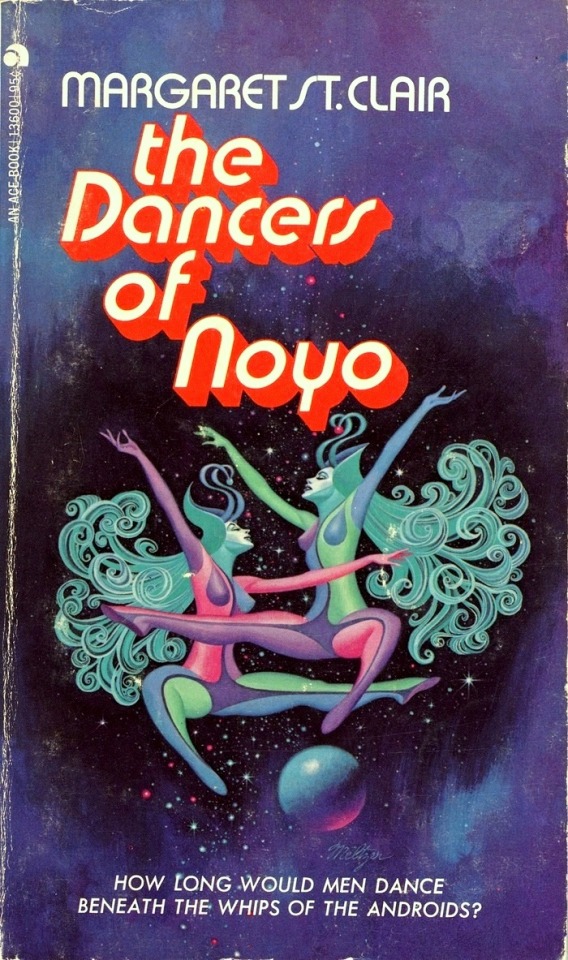
Margaret St. Clair - The Dancers of Noyo - Ace - 1973 (artwork by Davis Meltzer)
#witches#androids#occult#vintage#the dancers of noyo#margaret st. clair#ace books#1973#davis meltzer#eva margaret neely
38 notes
·
View notes
Text

Legendborn by Tracy Deonn
⭐️⭐️⭐️⭐️⭐️
"Don't make your life about the loss. Make it about the love"
Wow! When I finished this book that was the only thought on my mind. I'm not usually a big fan of fantasy novels but with this book I found myself truly giving this book my full attention. The magical system in this book is really cool and I found it pretty easy to understand. It was a little slow to start, but when it got started it really got started and I just couldn't stop reading.
Legendborn tells the story of Bree, a 16 year old girl attending a program for high schoolers at UNC Chapel Hill. Bree's mother dies in a car accident before the story even begins and throughout the book Bree is shown to be struggling with this sudden and tragic loss. Very quickly, she finds herself involved in a secret society dedicated to fighting demons on campus. When Bree realizes that there's a connection between her mother's death and this society, she starts to think that maybe it wasn't a simple car accident that killed her mom. And now she's determined to get to the truth even if it means infiltrating the Legendborns. She recruits Nick, a self exiled Legendborn to help her out and as they're drawn deeper into the society, they're also drawn closer together. When she learns of an impending magical war, Bree must decide if she should take down the society or join their fight before it's too late.
Deonn's writing had me completely engaged in the story. The way she wrote about Bree's grief and the connections she's trying to establish to her roots had me flipping pages when I probably should have been focused on other work.
I'm almost upset this was the first book I read for my reading project because all I want to do is crack open the second book, but I have 3 more books I need to read before I can do that.
#legendborn#bree matthews#selwyn kane#nick davis#5 star review#i loved this book more than words can explain#bookblr#legend born (2020) by Tracy Deonn#published by Margaret K. Elderberry Books
10 notes
·
View notes
Text
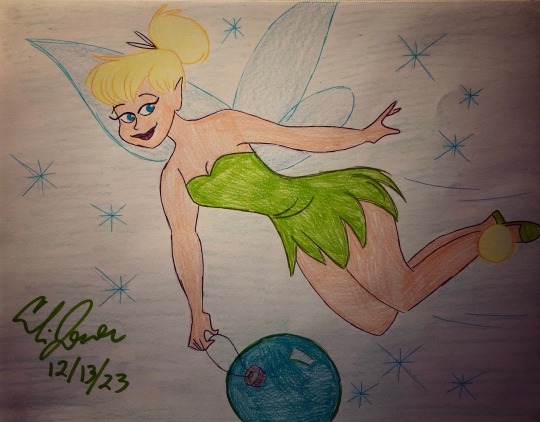
🧚🏼♀️ Tinker Bell is ready to decorate for Christmas. ✨🎄
#Tinker Bell#Peter Pan#character study#pixie dust#snow#fairy#pixie#Disney fanart#Neverland#Pixie Hollow#Margaret Kerry#Walt Disney#Marc Davis#Les Clark#JM Barrie#Return to Neverland#Saving Mr. Banks#Once Upon A Studio#Mark Henn#John Ripa#John Pomeroy#Tinker Bell and the Secret of the Wings
11 notes
·
View notes
Text

MARGARET QUALLEY & LANA DEL REY
Pre Grammy Gala
FEBRUARY 2024
9 notes
·
View notes
Text
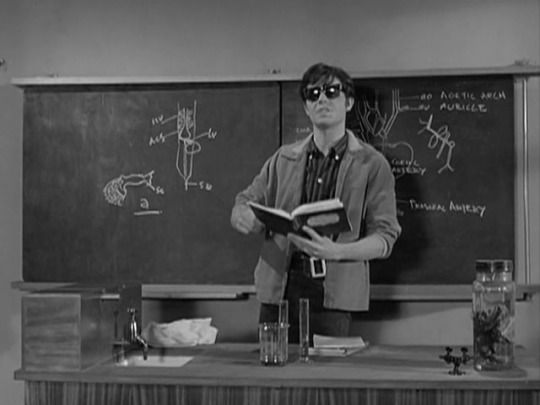


The Yellow Teddy Bears (AKA Gutter Girls) | Robert Hartford-Davis | 1963
Iain Gregory, Margaret Vieler, Georgina Patterson, et al.
#Iain Gregory#Margaret Vieler#My Type#Georgina Patterson#Robert Hartford-Davis#The Yellow Teddy Bears#1963#Gutter Girls#Thrill Seekers
18 notes
·
View notes
Text

#aileen davies#ruddigore#gilbert and sullivan#mad Margaret#postcards#vintage photography#gilbert & sullivan
10 notes
·
View notes
Text
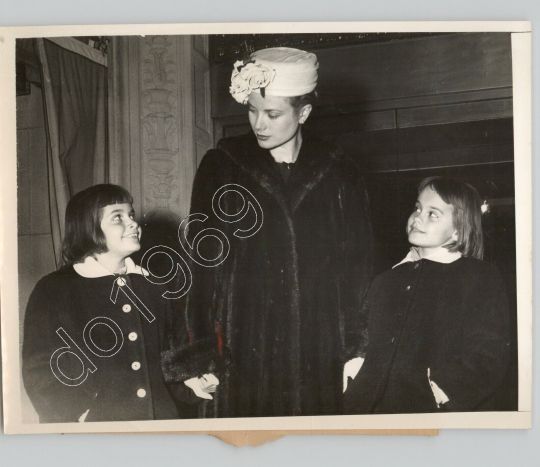
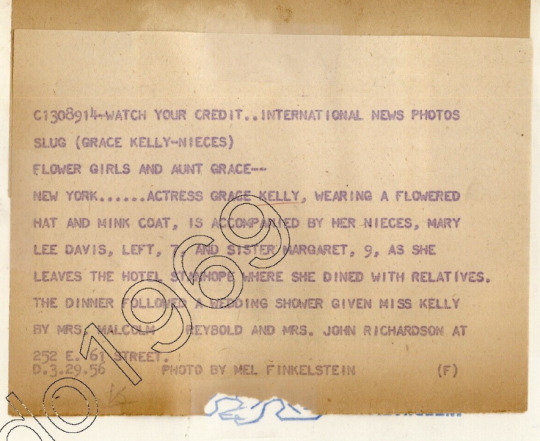
FLOWER GIRLS & AUNT GRACE
New York City, N.Y, March 29th, 1956:
Actress Grace Kelly, wearing a flowered hat and a mink coat, is accompanied by her nieces, Mary Lee Davis, left, 7, and sister Margaret, 9, as she leaves the hotel Stanhope where she dined with relatives. The dinner followed a wedding shower given Miss Kelly by Mrs. Malcolm Reybold and Mrs. John Richardson at 252 E. 61 Street.
Photo by Mel Finkelstein.
eBay.
#grace kelly#princess grace#mary lee davisv#margaret davis#nieces#grace kelly's nieces#flower girls#1956
4 notes
·
View notes
Text
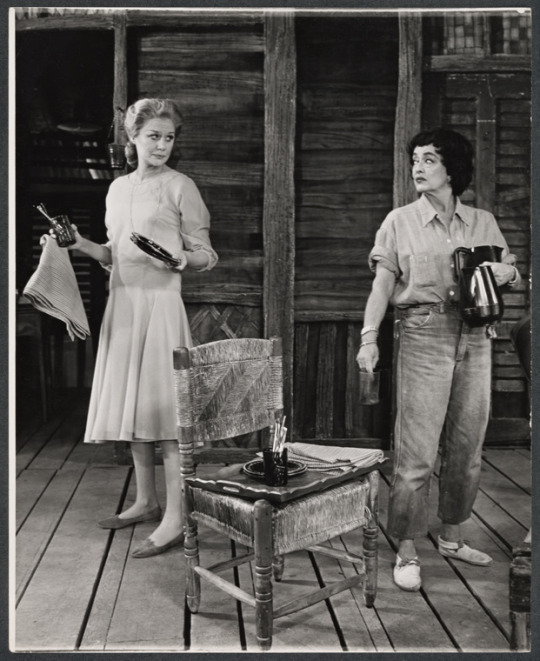
Margaret Leighton and Bette Davis in the stage production “The Night of the Iguana” (1962) #DailyBette
33 notes
·
View notes
Text

Went to a panel last night hosted by the people who make the Behind the Bastards podcast.
This happened.
#politics#behind the bastards#robert evans#margaret killjoy#garrison davis#two other people I can't remember their names#alignment charts
130 notes
·
View notes
Text











Variations of the Word Sleep - Margaret Atwood // I Wanna Be Yours - Arctic Monkeys // Jane and Martina Somewhere in the Back of Studio 54 - Unknown, via Pinterest // Breathing In/Breathing Out - Marina Abramović // First Time - Lucy Dacus // A Love Song Seven Ways - Benjamin Lazar Davis // "Kunik" - @shinanova, via TikTok // Understand - Hippo Campus // Cherry Wine - Hozier // We Rose Up Slowly - Roy Lichtenstein
#web weave#web weaving#compilations#lyrics#poetry#words#breath#breathe#air#love#on love#love as breath#arctic monkeys#margaret atwood#marina abramović#hippo campus#benjamin lazar davis#inuit#inuit culture#tiktok#hozier#roy lichtenstein#lucy dacus#dark academia#light academia
59 notes
·
View notes
Photo


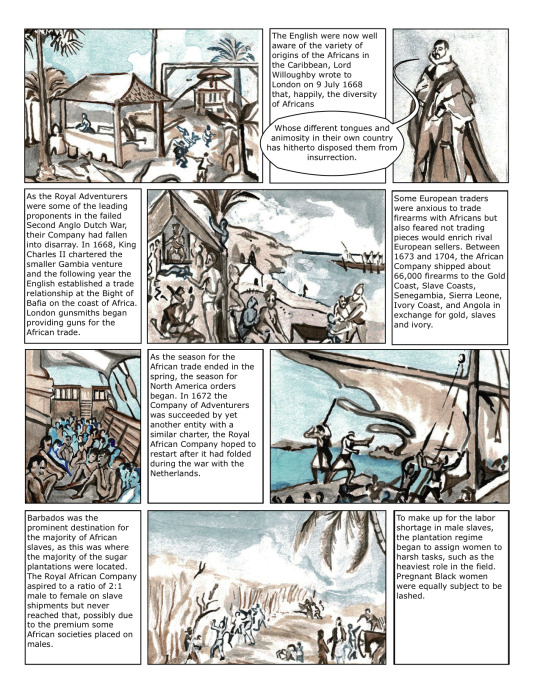

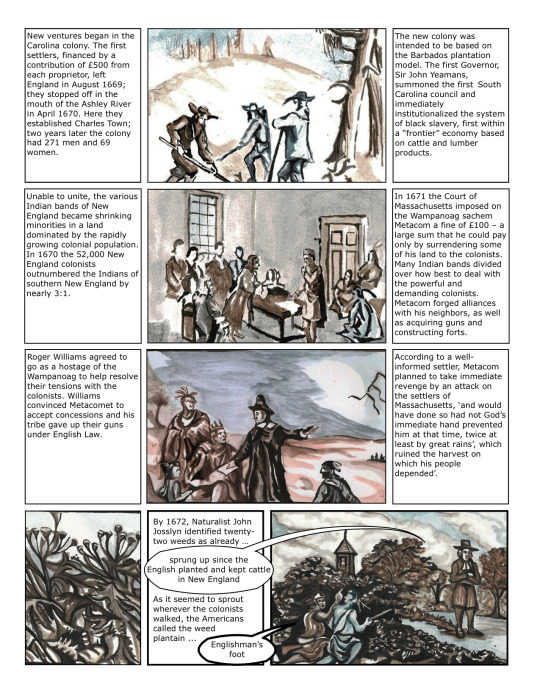
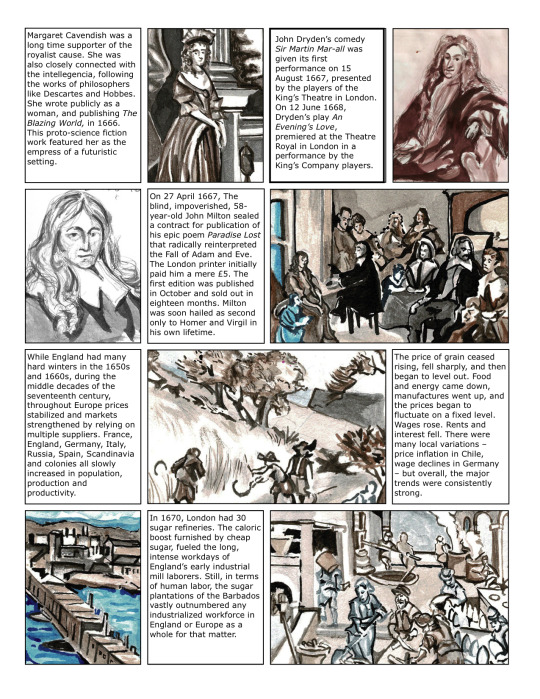

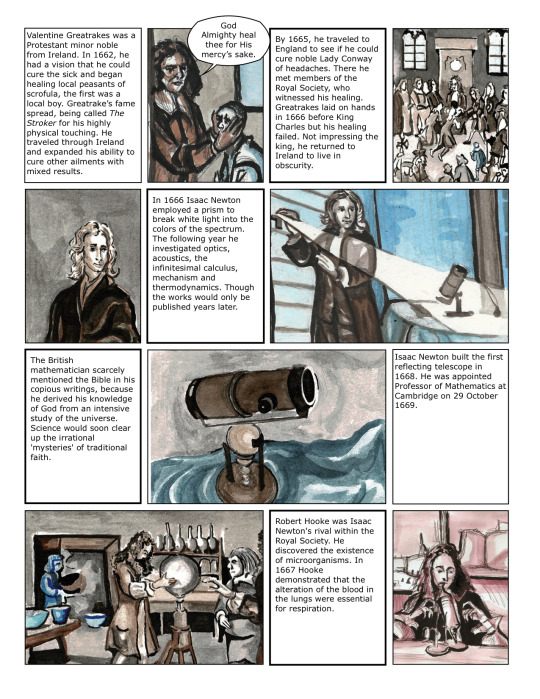


A continuation in the unending saga of fake comics. As always, this Anglo-centric work (written in English) left much out. The fake-comic did not fully engage in a Dutch narrative. Perhaps one day that narrative will be better detailed. 1672 was a critical year for the Dutch, especially their war with France. The African narrative is always something that could use more illumination as this period was what Ira Berlin called the coming of the ‘Plantation Generation’ on the mainland colonies. Previously the majority of the colonies labor depended on white indentured labor with the black population being a small minority. From my understanding, the Barbados plantation system began in legal form around 1660 and the racial-legal system spread to other English speaking colonies.
#pieter de ruyter#second anglo dutch war#restoration#third anglo dutch war#history comics#fake comics#samuel#anne bradstreet#john milton#moll davis#history of currency#captain morgan#hudson bay company#quaker history#robert hooke#isaac newton#claude duval#valentine greatrakes#margaret cavendish#william penn#john dryden#metacom#roger williams
44 notes
·
View notes